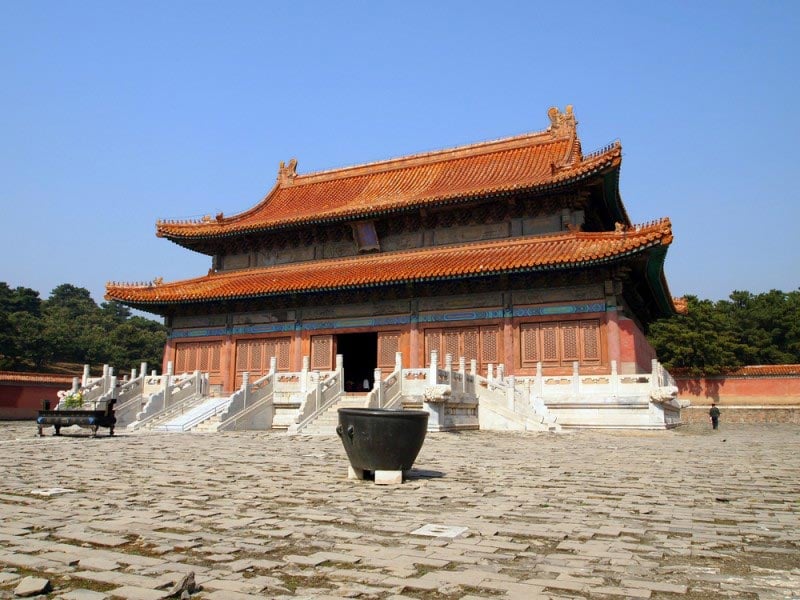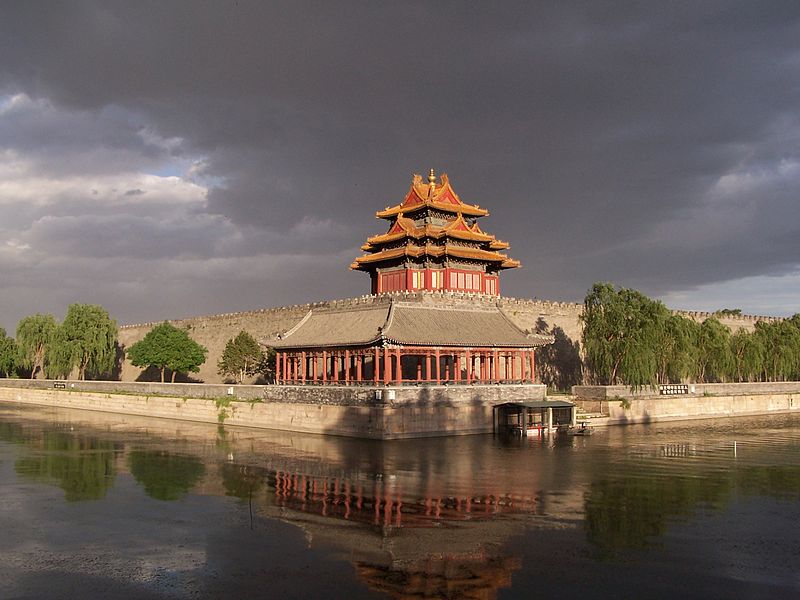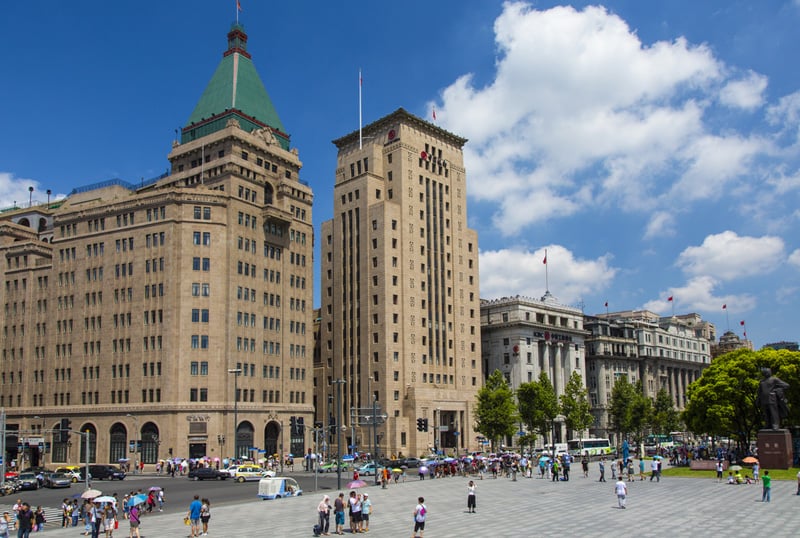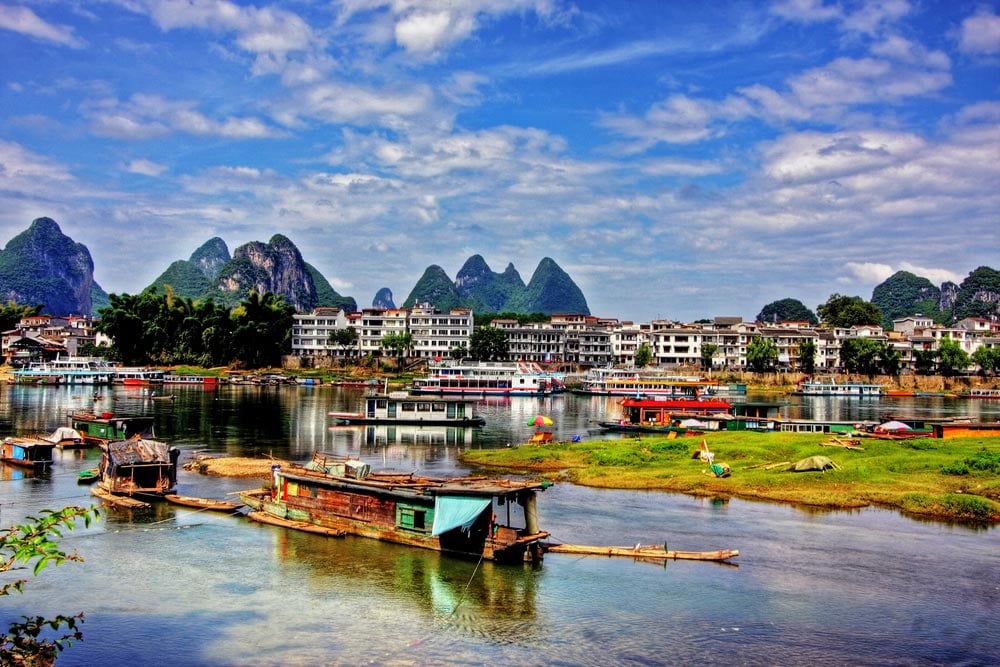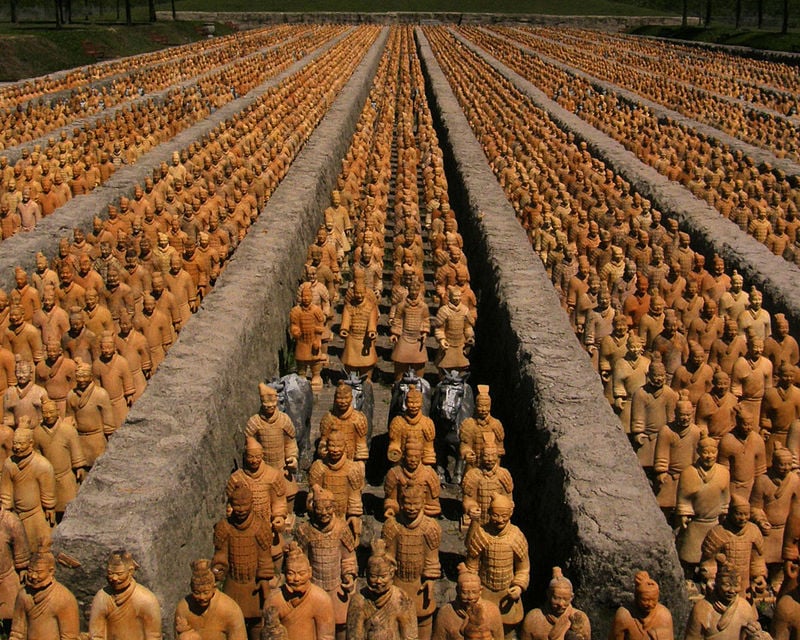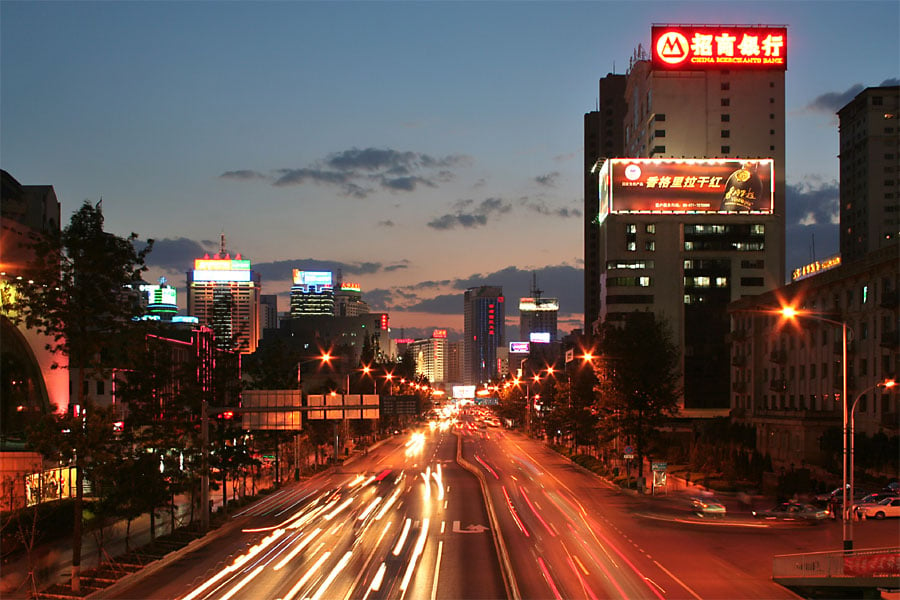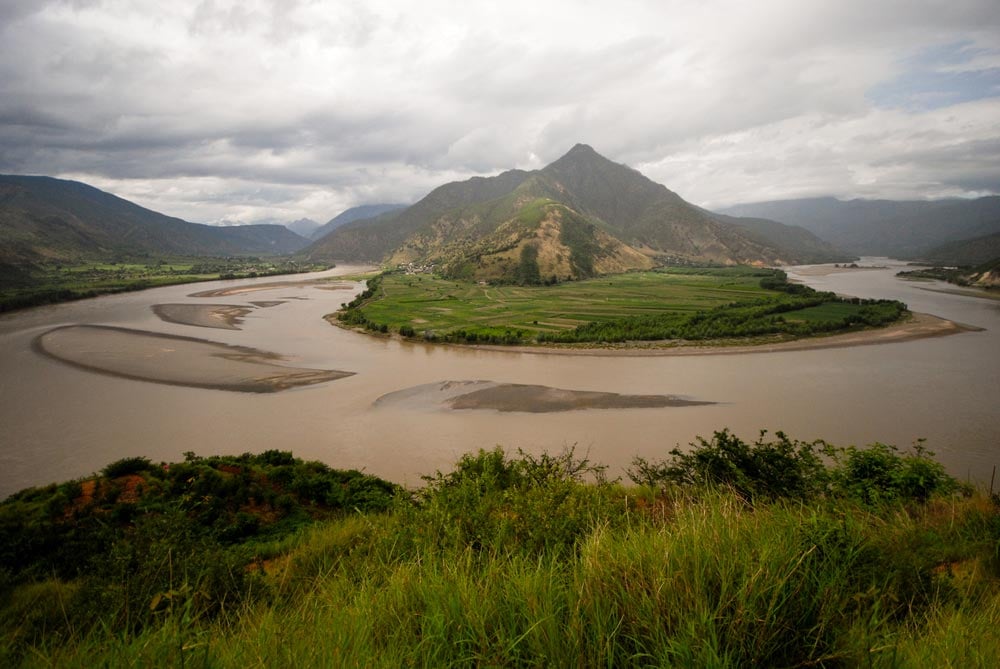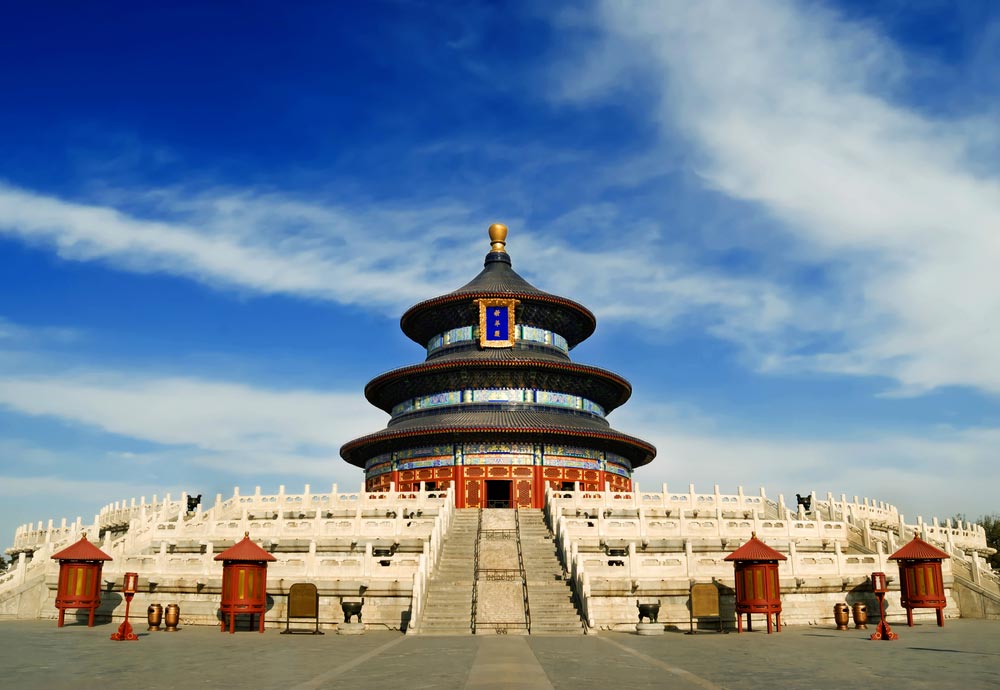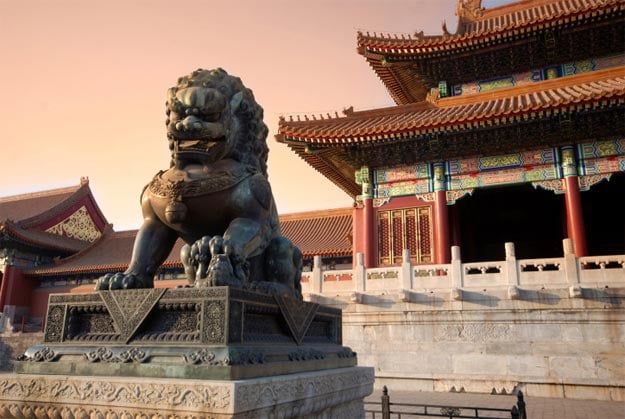The Eatern Qing Tombs make up an imperial mausoleum complex from the last feudal empire in China, the Qing Dynasty (1644-1911). This sacred burial ground is located near Beijing in Zunhua, Hebei Province. Most of the tombs at Eastern Qing are open to the public.
The Eastern Qing Tombs are the final resting place of 5 emperors: Shunzhi, Kangxi, Qianlong, Xianfeng, and Tongzhi. In addition, there are also empresses, imperial concubines, princes, and princesses, all from the Qing Dynasty buried in the tombs. Their positioning within the tombs shows their relationships and the hierarchy of rulers and heirs, laid out in a branch-like system.
The largest and most elaborate tomb, and the focal point of the whole site is called Xiaoling, which houses the remains of the Emperor Shunzhi. He was the first Qing ruler, and his position in the mausoleum shows his exalted status. The Emperor Qianlong has a tomb that covers half a square kilometer, and is decorated with Tibetan and Sanskrit sutras, and bas-relief art.
The Empress Dowager Cixi has a tomb called Dingdongling, which was completed long before her death. The tomb features a depiction of a phoenix above a dragon – symbols representing the Empress and Emperor respectively.
Eastern Qing Tombs Location Map
Facts about Eastern Qing Tombs
- The Eastern Qing Tombs cover an area of 80 square kilometers (31 square miles).
- Buried in the Eastern Qing Tombs are 5 emperors, 15 empresses, 136 imperial concubines, 3 princes, and 2 princesses.
- The emperors buried at the Eastern Qing Tombs include the 1st, 2nd, 4th, 7th, and 8th emperors of the Qing dynasty.
Where is Eastern Qing Tombs ?
The Eastern Qing Tombs are sitatued in Zunhua County, which is in the Hebei Province, about 125 kilometers northeast of Beijing. The tombs are surrounded by several mountains: Changrui Mountain, Jinxing Mountain, Huanghua Mountain, and Yingfei Daoyang Mountain.
The tombs are accessible by bus or car. Since the tombs are far apart, a taxi or a pedcab is a good option to travel around the tombs.
Best time to visit Eastern Qing Tombs
The tombs are open for shorter hours in the winter time, closing by 5, but they are open year-round. Each day, a sacrificial ceremony is performed from 1 to 2:30 pm. The best weather is experienced during September and October and around April.
Nearby Attractions: Forbidden City, Great Wall of China, Hutong, Summer Palace
